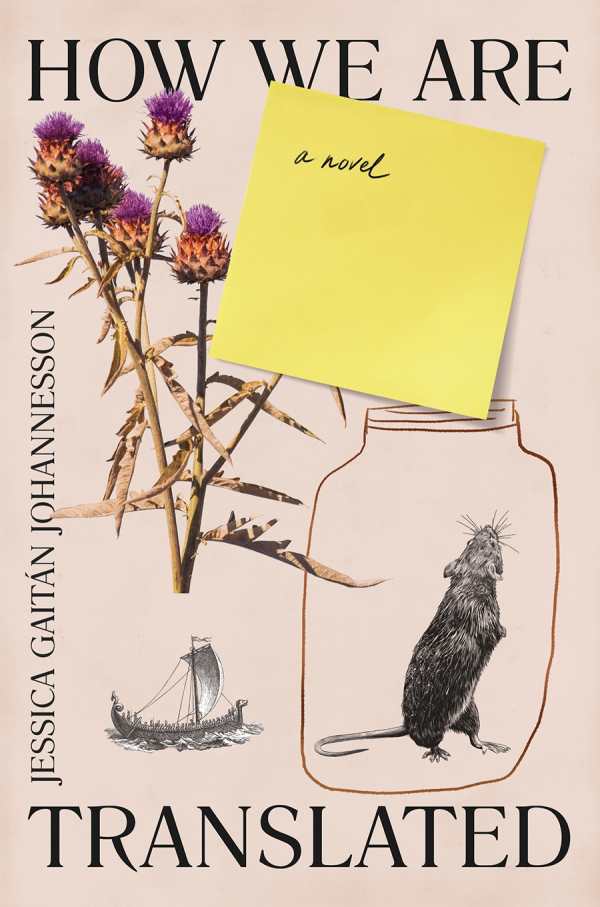How We Are Translated
Concepts of ethnicity, intimacy, and identity are woven into Jessica Gaitán Johannesson’s quirky, contemplative novel How We Are Translated.
Twenty-four-year-old Kristin is a Swedish native living in Scotland. Her partner, Ciaran, was born in Brazil; he is often mistaken for a recent immigrant due to his dark skin.
Kristin works at Edinburgh’s National Museum of Immigration. Part of the museum’s living history exhibits, she fills the role of a tenth-century Norse woman, Solveig, whose backstory includes a husband and two cows. Like method actors, Kristin and the exhibit employees aren’t permitted to speak English; they must use their assigned language to communicate with each other and visitors.
Besides the Norse people, the museum features Italians, Lithuanians, Irish, and Polish people, all praised for having contributed to Scotland’s “rich cultural multiplicity.” The fact that Syrians and Pakistanis do not have an exhibit yet, despite their growing presence in the country, suggests that Scotland might consider some immigrants to be less desirable than others.
As Ciaran becomes more focused on his career, Kristin worries that their relationship is changing. She questions Ciaran’s sudden interest in learning Swedish, wondering if it’s a sincere attempt to bring them closer, or for opportunistic reasons. Kristin’s discovery that she is pregnant also leaves her with a sense of ambiguity, though the pregnancy is soon incorporated into Solveig’s historical future.
How We Are Translated creates two worlds: the static coziness of Kristin and Ciaran’s apartment, and the surreal reality of the immigration museum. The behind-the-scenes depiction of the museum is fascinating, with glimpses of administrative squabbles, rude visitors, staff discontent, cow constipation, and ethnic rivalries.
Poignant, perceptive, and clever, How We Are Translated is a novel about the human beings who exist beyond ideals of diversity, and about the emotional implications of language.
Reviewed by
Meg Nola
Disclosure: This article is not an endorsement, but a review. The publisher of this book provided free copies of the book to have their book reviewed by a professional reviewer. No fee was paid by the publisher for this review. Foreword Reviews only recommends books that we love. Foreword Magazine, Inc. is disclosing this in accordance with the Federal Trade Commission’s 16 CFR, Part 255.

